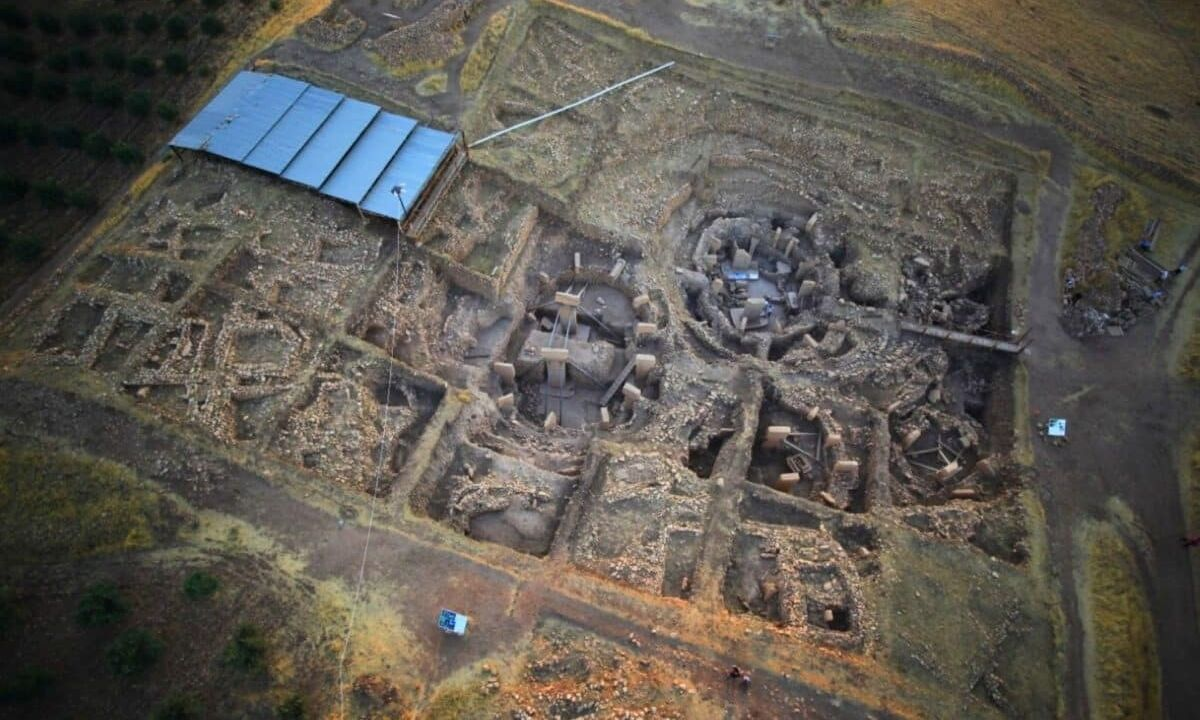A mysterious monument in Turkey that has stood for thousands of years may hold the key to how ancient humans first tracked the passage of time.
Intricate carvings suggest the existence of a calendar system far older than anything previously known.
An ancient archaeological site in southern Turkey, known as Göbekli Tepe, is now in the spotlight once again as researchers propose that it may house the world’s oldest known solar calendar. Estimated to be around 12,000 years old, this discovery hints at surprisingly advanced knowledge of astronomical cycles—reshaping our understanding of how timekeeping and early civilization began.
A team from the University of Edinburgh, led by researcher Martin Sweatman, published their findings in Time and Mind. Their analysis focused on carved symbols—especially “V”-shaped markings—engraved into the site’s monumental stone pillars.
According to their interpretation, each “V” could represent a single day, and remarkably, one pillar features 365 such carvings—matching the number of days in a solar year. The summer solstice also appears to be marked, represented by a “V” worn as a necklace on a bird-like figure. This figure, the researchers argue, likely corresponds to a constellation associated with that specific time of year.
A Civilization Driven by the Sky
The study highlights how deeply attuned the people of Göbekli Tepe were to celestial events. This fascination may have been sparked by a cataclysmic comet impact around 10,850 BCE, which some scientists believe triggered a mini ice age. That sudden climate shift could have catalyzed religious transformations and prompted the development of early agriculture as communities adapted to the colder environment.
“It seems the inhabitants of Göbekli Tepe were avid skywatchers,” noted Sweatman. “Understandably so—their world had been upended by a comet impact.”
These carvings don’t just track days; they also reflect an awareness of solar and lunar cycles, predating similar calendar systems by millennia.
Astronomy Ahead of Its Time
Göbekli Tepe’s stone carvings imply that ancient people weren’t just counting days—they were tracking star movements and meteor streams as well. One pillar appears to depict the Taurid meteor stream, which might have been the source of the very comet that impacted the Earth. This insight suggests that people as far back as 12,000 years ago understood the connection between Earth’s orbit and cometary debris fields—a strikingly advanced concept.
This evidence pushes humanity’s astronomical knowledge back thousands of years before Greek astronomer Hipparchus, who in 150 BCE documented the Earth's axial precession. The symbols at Göbekli Tepe are among the earliest known representations of solar and lunar calendars, indicating a complex understanding of celestial mechanics long before the invention of writing or the rise of agriculture.
A Cosmic Catalyst for Culture
The study speculates that the comet impact and resulting climate change may have been crucial in shaping symbolic art and possibly even inspired the early roots of written language. Sweatman suggests that this meticulous celestial recordkeeping represents "the first steps toward the development of writing," highlighting a profound link between astronomy, spiritual belief, and early social transformation.
This fresh interpretation invites us to reconsider how prehistoric societies related to time and the cosmos. Long before historical records began, ancient humans were closely observing and marking the cycles of the sun, moon, and stars—laying the groundwork for the calendars, myths, and cosmologies that would shape civilizations for thousands of years to come.






